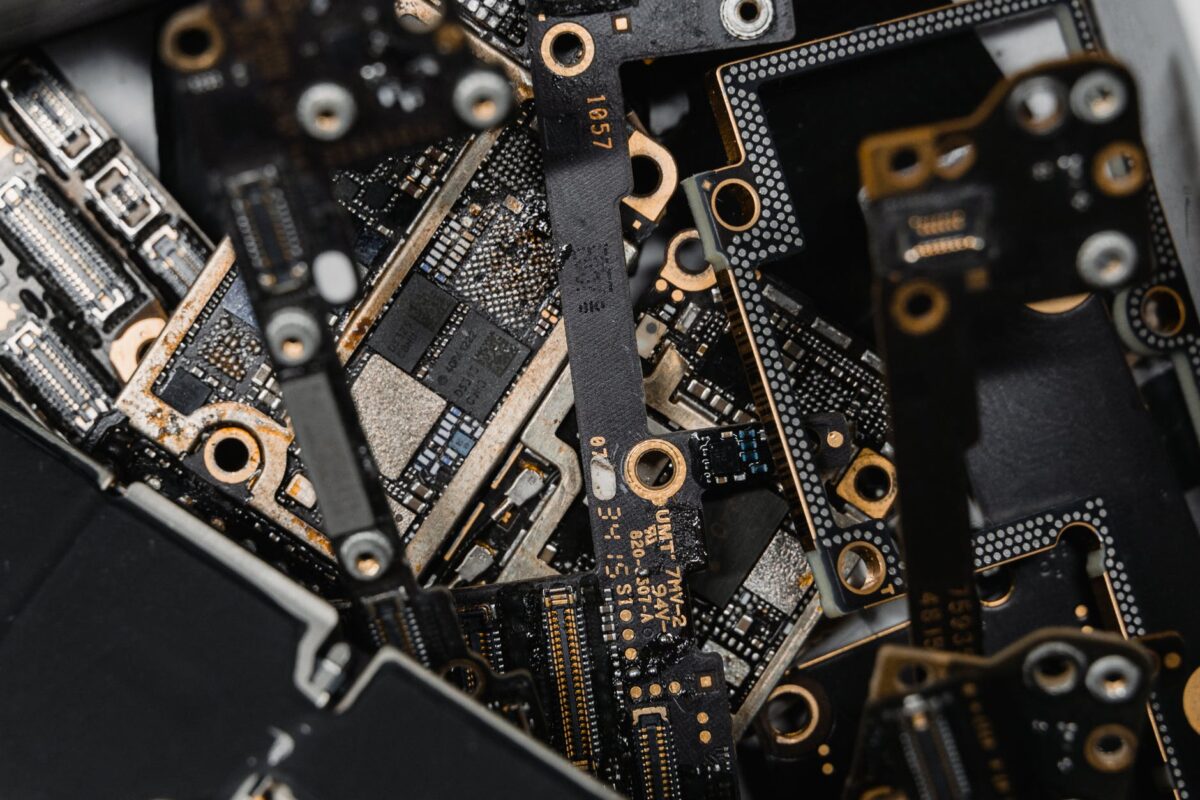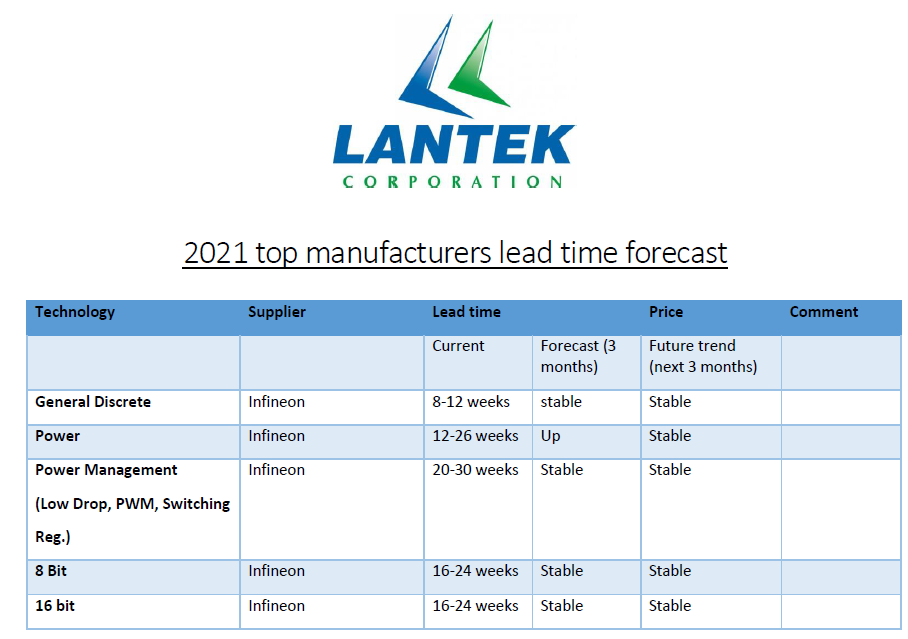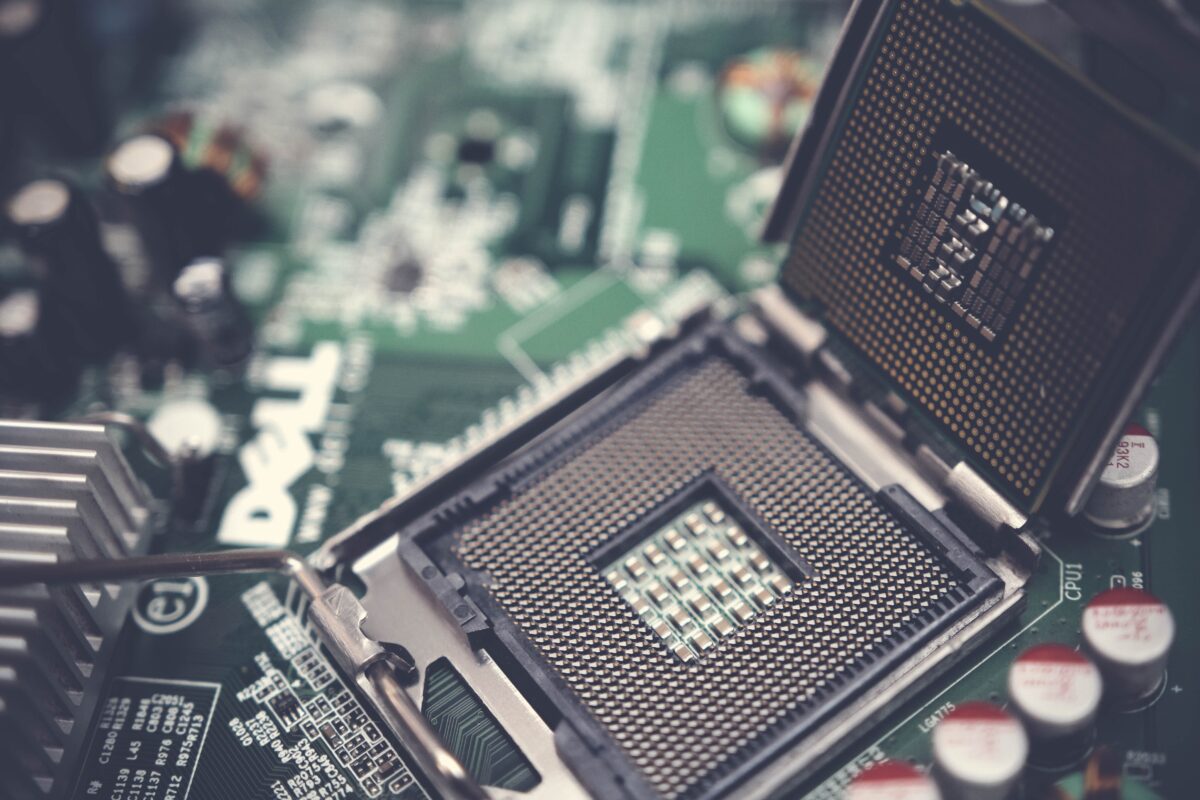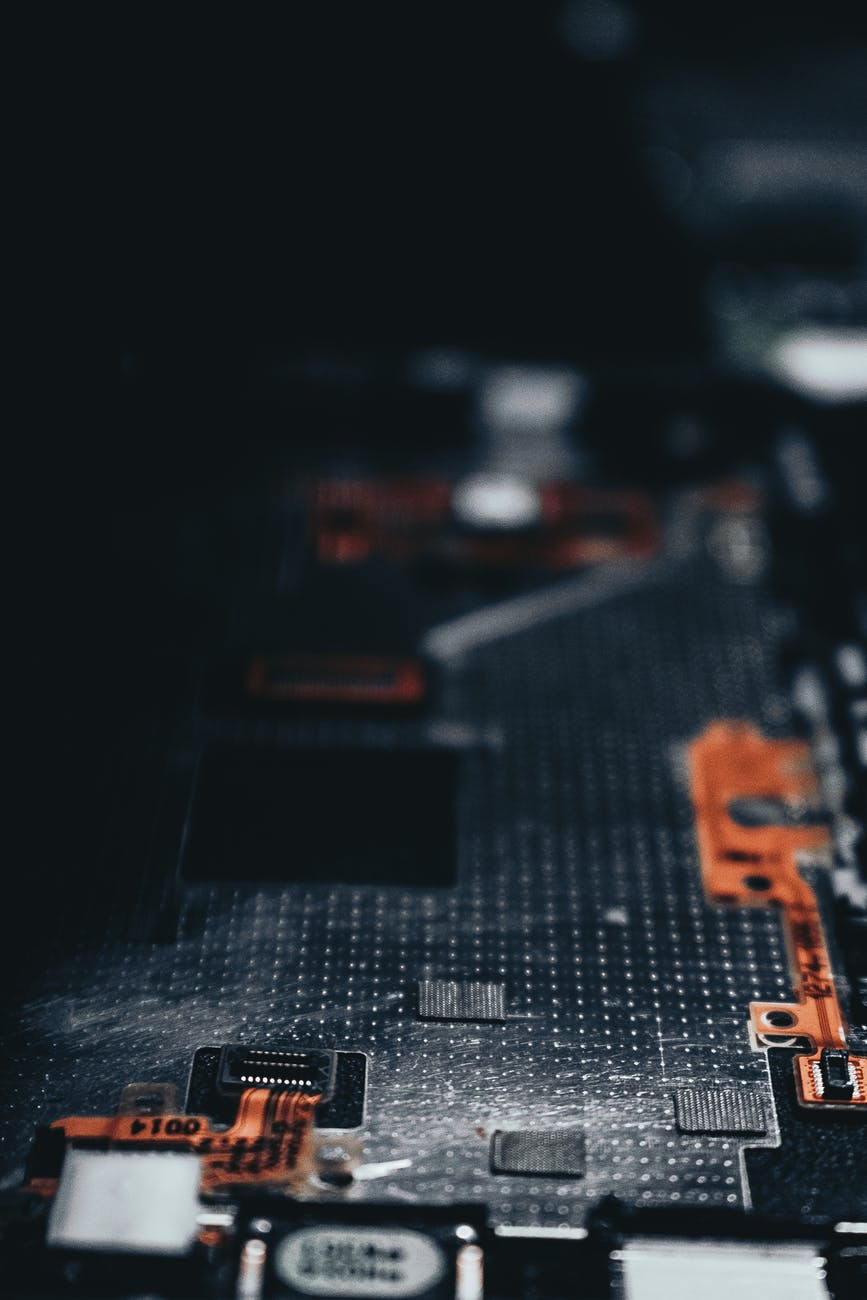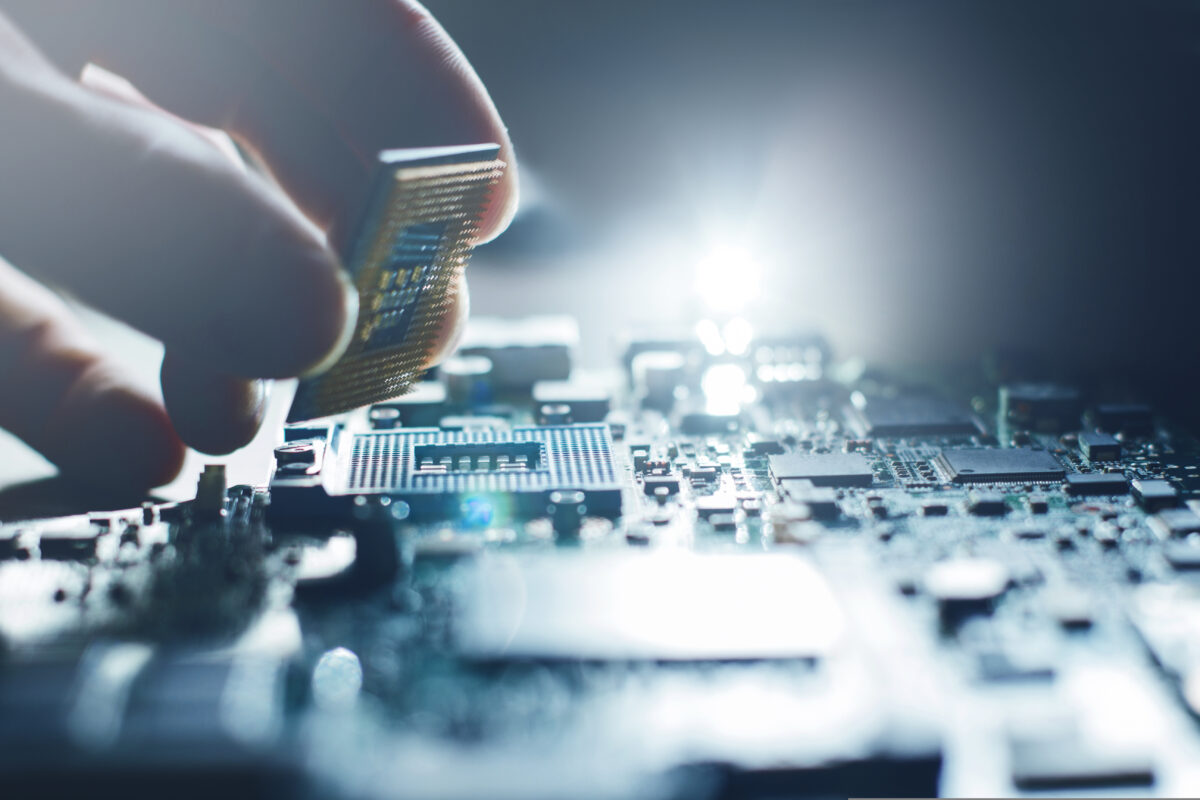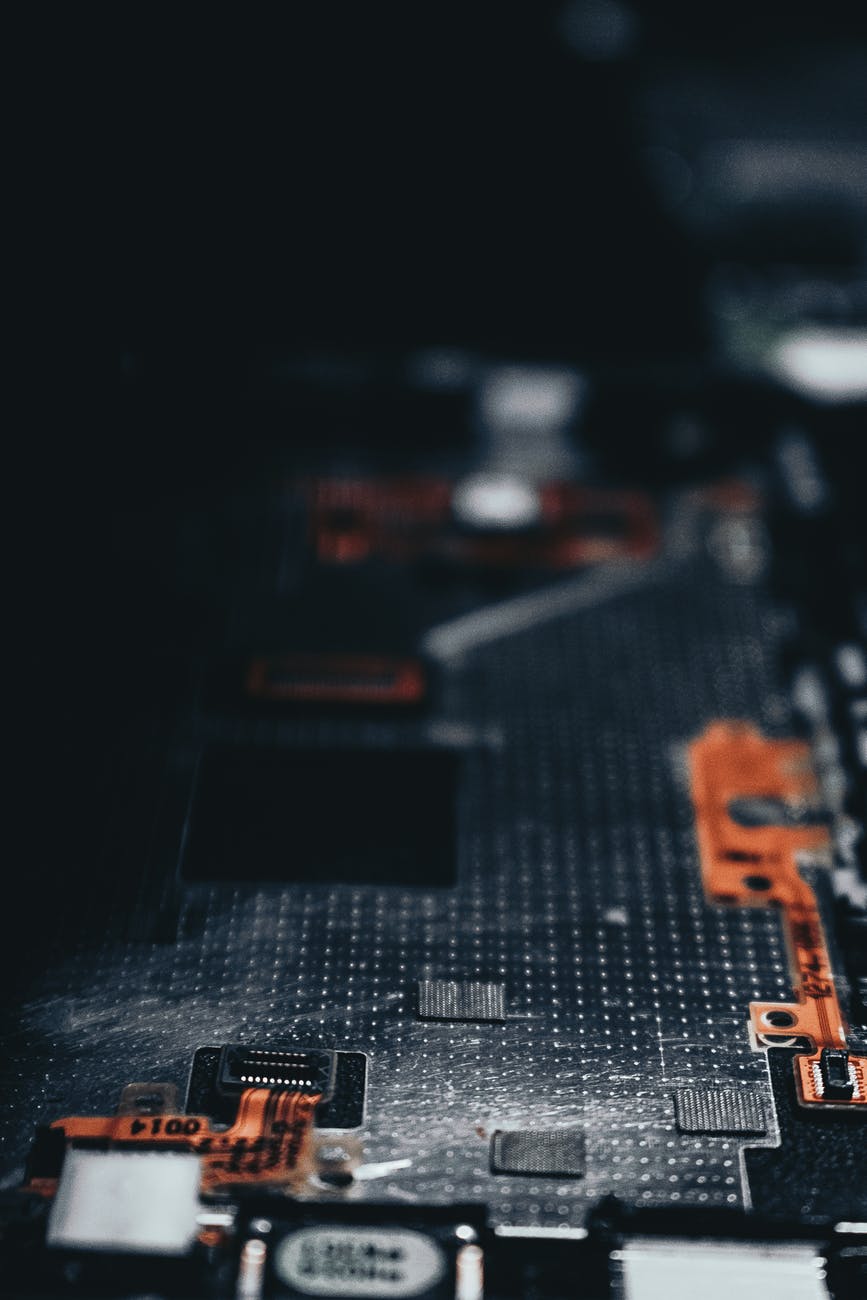Memory suppliers to benefit from strong demand and supplier shortages
Multilayer ceramic capacitors (MLCCs) are used in many electronics from smartphone screens to laser guidance systems. There was a prolonged lull in demand for MLCCs stretching from 2019 through to 2020, however supply is now tightening and lead times for new components are extending.
This has caused some concern with those who use MLCCs to manufacture products. Will supply continue to tighten? When will it let up? These are good questions. The answer lies in understanding why supply is tightening.
Demand for MLCCs is tightening for several reasons:
- Demand from the automotive sector is increasing
- Demand from the communications and transport sectors is increasing
- Global inventories are depleting
- Supply chain challenges due to the coronavirus pandemic
- Manufacturing bottlenecks due to facilities running at maximum capacity
Increased demand
The main reason for supply tightening is an increased demand from the communications and transport sectors. These sectors consume over half of the world’s MLCC supply and the rollout of 5G is accelerating demand.
The global automotive market is also a big consumer of MLCCs. MLCCs are being used extensively in modern cars. Applications include in battery management, chargers, heater controllers and energy converters. Electric cars use MLCCs because they are reliable and can be surface mounted directly to boards.
Inventory depletion
Inventory management has been a difficult task what with 2020 throwing COVID-19 into the works. This hit the MLCC supply chain like a train. Demand dropped off. This led to suppliers correcting inventory levels and sometimes overcorrecting. When demand increased towards the back end of 2020, supply chains got exposed.
It is difficult to correct inventory when not enough MLCCs are being made. For every 10 that are made 8 get put into use immediately. This leaves little fat left.
Increasing lead times
All of this means increased lead times for MLCCs. Many electronic components suppliers and distributors have them on back order. Some types of MLCC have lead times extending over several months (a long time in a supply chain).
For example, large case (≥ 0603) low-CV commercial grade MLCC lead times are around 22 weeks. This is a very long time. The only units that are in good supply are small case size (≤ 0402) low-CV commercial grade MLCCs which are available now.
How can you meet demand?
As 2021 gets underway, we predict that MLCC supply will tighten. Inventories will get stretched and manufacturers will struggle to get a hold of the components they need. Now that you know this, you can prepare.
The best way to assure a healthy MLCC supply is to work with a global distribution partner like us. When you need to source hard to find electronic components quickly because of allocation, long lead times, obsolescence, or quality issues, Lantek is here to help. We will work with you to source the MLCCs you need. View our home page to use our component search tool and enquire with us today https://www.lantekcorp.com/
We work with all industry sectors, including the communications, transport and automotive sectors, to source electronic components. We specialise in the procurement and delivery of electronic components and parts with on time delivery.

